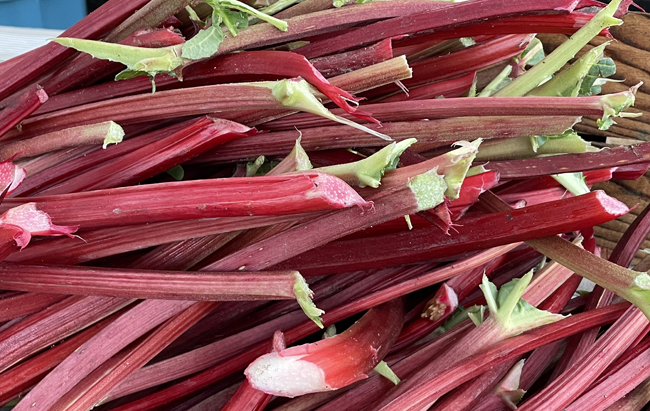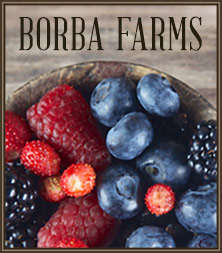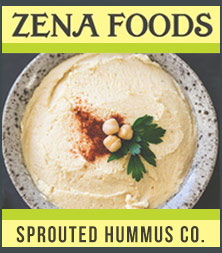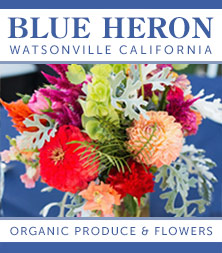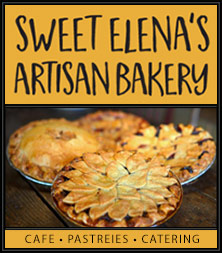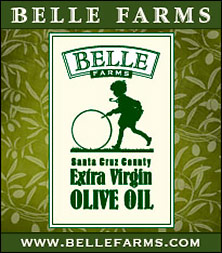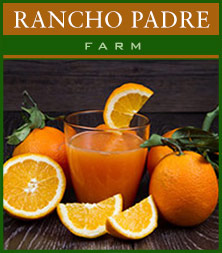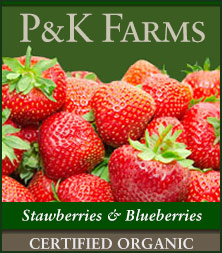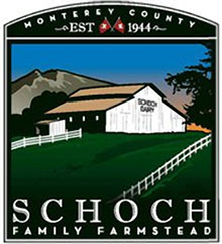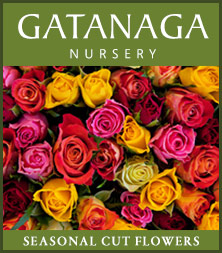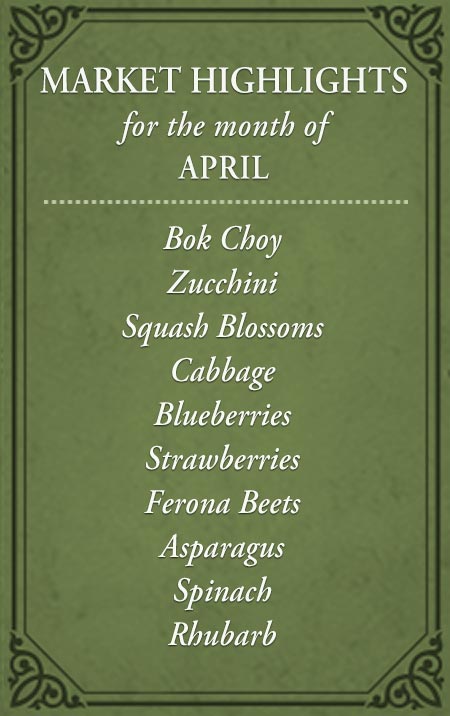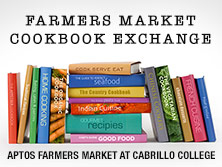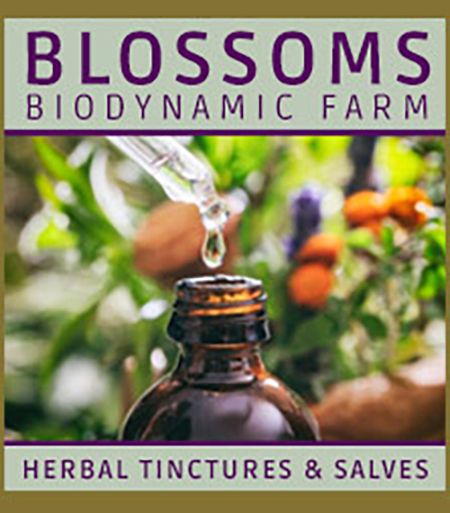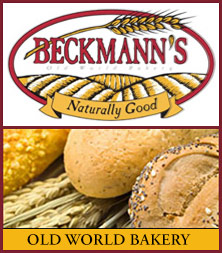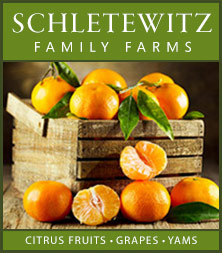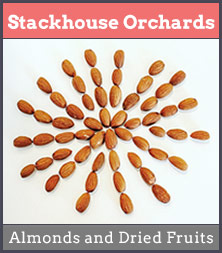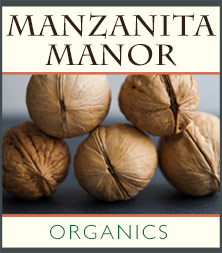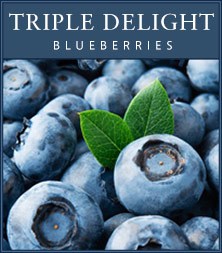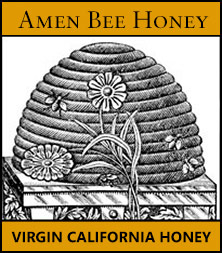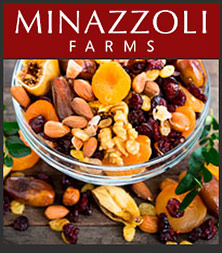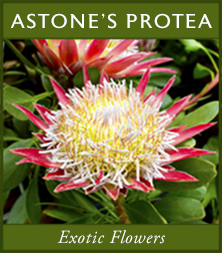Rhubarb tends to spark strong opinions—you either love it or leave it. But for those of us who love it, May marks the peak of rhubarb season and the perfect time to bake, simmer, and savor. While most people associate rhubarb with pies, this vibrant stalk is surprisingly versatile, adding its signature tartness to galettes, coffee cakes, muffins, sauces, and jams.
Here are a few fun facts about rhubarb you might not know:
-
A little goes a long way. One pound of fresh rhubarb yields about 3 cups chopped, which cooks down to roughly 2 cups.
-
A storied past. Native to China, rhubarb was originally prized for its medicinal properties as early as the 16th century.
-
Color isn’t everything. Despite what you’ve heard, redder stalks aren’t necessarily sweeter. While their deep color is beautiful on the plate, they’re actually more tart than their green-stalked counterparts.
-
A cranberry stand-in. Thanks to its tangy bite, rhubarb can be used as a substitute for cranberries in many recipes.
-
Look, no leaves! Rhubarb is never sold with its leaves attached—for good reason. They’re toxic and should never be eaten.
-
Not technically a fruit. Surprise: rhubarb is botanically a vegetable and belongs to the buckwheat family.
Storage Tips
Store trimmed rhubarb stalks loosely wrapped in plastic or in a mesh bag in the crisper drawer; wash them just before use. To freeze, cut the stalks into 1-inch pieces, seal in an airtight bag, and pop them in the freezer—frozen rhubarb will keep beautifully for up to a year.
Whether you’re baking up a pie or stirring it into a savory sauce, rhubarb brings a welcome zing to spring cooking.
RECIPES: Rhubarb Crumble, Rhubarb Custard Pie, Shelley Family Rhubarb Pie, Seared Salmon with Ginger-Rhubarb Marmalade, Virginia’s Prize Winning Raspberry Rhubarb Pie, Ginger Honey Rhubarb Jam, Strawberry Rhubarb Cobbler, Spring Beet Salad with Goat Cheese and Rhubarb Vinaigrette, Rhubarb Dessert Bars, Strawberry Rhubarb Limeade, Onion Rhubarb Confit, Raspberry Custard Kuchen, Rhubarb Relish


